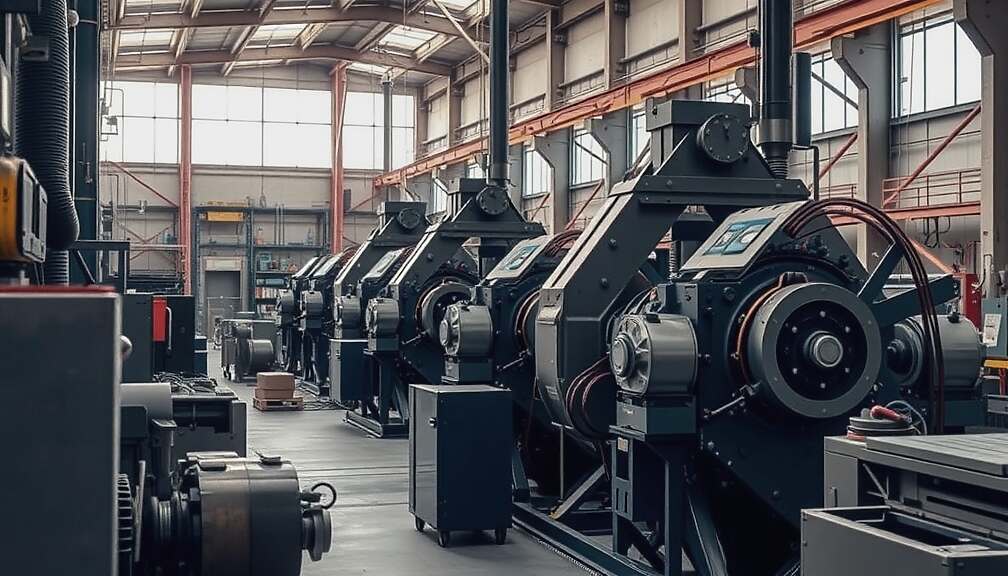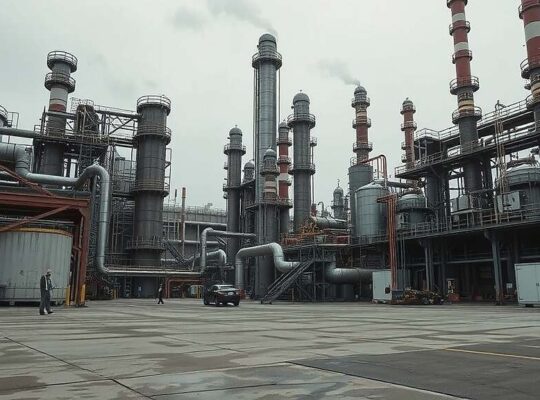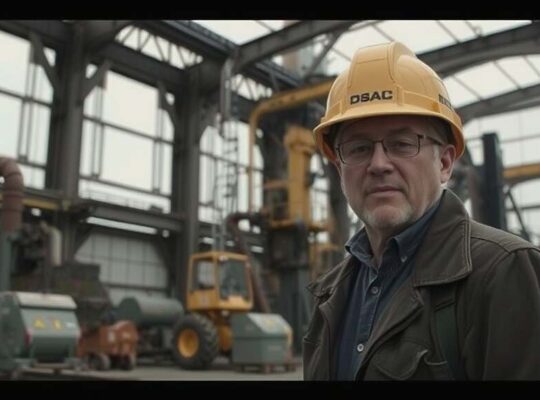Preliminary data released Friday by the German Federal Statistical Office (Destatis) reveals a complex and nuanced picture of the manufacturing sector in August 2025. While the real volume of orders in manufacturing rose by a marginal 0.1% compared to July, adjusted for seasonal and calendar effects, a more substantial 5.0% increase is observed when compared to August 2024. This seemingly positive trend, however, masks underlying fragility and exposes vulnerabilities within key German industries.
The slight monthly uptick is largely attributable to growth in the machine building (+1.1%) and “Other Transport Equipment” sectors (encompassing aerospace, shipbuilding and military vehicles, +0.9%). These gains stand in stark contrast to the significant downturn within the automotive industry, where orders plummeted by 5.1% – a concerning development given the sector’s pivotal role in the German economy and its substantial workforce. This automotive decline raises questions about the effectiveness of ongoing efforts to transition to electric vehicle production and address challenges related to supply chain disruptions and shifting consumer demand.
Looking at order origins, domestic orders saw a modest increase of 0.6% compared to July, while foreign orders experienced a slight decrease of 0.1%. This discrepancy highlights a potential weakening of international demand and underscores Germany’s continued reliance on the domestic market.
The distribution of order backlogs across different manufacturing categories provides further insight. Producers of intermediate goods saw order volumes rise by 1.3%, while investment goods manufacturers experienced a decline of 0.1% and those focused on consumer goods witnessed a drop of 0.4%. Analysts suggest this divergence could reflect a slowdown in business investment and concerns about consumer spending power, potentially exacerbated by rising inflation and geopolitical uncertainty.
The order backlog rate, a crucial indicator of production capacity utilization, increased to 7.9 months in August, up marginally from 7.8 months in July. While investment goods manufacturers maintain a backlog rate of 10.7 months – suggesting continued strength in this area – the significantly shorter backlogs of 4.3 months for intermediate goods and 3.6 months for consumer goods signal a potential accumulation of underutilized capacity and a risk of further adjustments in the coming months.
The data prompt critical questions about the long-term sustainability of Germany’s manufacturing strength and necessitate a closer examination of structural imbalances and the effectiveness of government policies designed to foster resilient growth and address sector-specific vulnerabilities.












